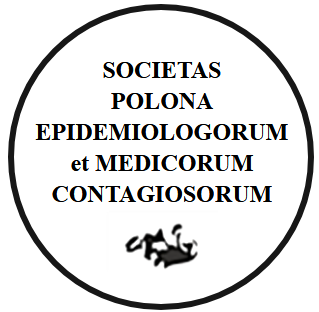REVIEW PAPER
Diphtheria – Epidemiological situation, pathogenesis, diagnosis, treatment methods and prevention
1
Oddział Chorób Wewnętrznych, Szpital Praski p.w. Przemienienia Pańskiego
2
CMKP, Samodzielny Publiczny Szpital Kloniczny im. prof. W. Orłowskiego
3
I Oddział Chorób Wewnętrznych, Szpital Bielański
4
Zakład Biochemii i Farmakogenomiki, Warszawski Uniwersytet Medyczny
5
Klinika Diabetologii i Chorób Wewnętrznych, Szpital UCK WUM
Submission date: 2025-04-28
Final revision date: 2025-07-12
Acceptance date: 2025-07-25
Online publication date: 2025-07-30
Publication date: 2025-10-03
Corresponding author
Karolina Kęder
Oddział Chorób Wewnętrznych, Szpital Praski p.w. Przemienienia Pańskiego, al .Solidarności 67, 03-401, Warszawa, Polska
Oddział Chorób Wewnętrznych, Szpital Praski p.w. Przemienienia Pańskiego, al .Solidarności 67, 03-401, Warszawa, Polska
Przegl Epidemiol 2025;79(2):215-226
KEYWORDS
TOPICS
ABSTRACT
Diphtheria is a forgotten disease that, despite advances in medicine and vaccination, is increasingly re-emerging in various parts of the world, including developed countries.
It is caused by the bacterium Corynebacterium diphtheriae, which produces diphtheria toxin responsible for the severe course of the disease. However, only toxigenic strains-those carrying the tox gene, are capable of producing this toxin. The majority of C. diphtheriae strains isolated in Poland do not contain this gene, which is why infections caused by them are usually milder. Depending on the site of infection, symptoms most commonly involve the upper respiratory tract, with the hallmark sign being the presence of pseudomembranes. Rapid diagnosis and accurate confirmation of the pathogen are essential not only for implementing proper preventive measures, but above all for initiating timely treatment and preventing serious organ complications. Vaccination plays a key role in diphtheria prevention, offering effective protection against infection and transmission. Despite the availability of both preventive and therapeutic measures, diphtheria is becoming an increasing threat in countries with low vaccination rates. The growing number of cases particularly among children, highlights the urgent need for education and improvement in both prevention and treatment strategies.
Share
RELATED ARTICLE
We process personal data collected when visiting the website. The function of obtaining information about users and their behavior is carried out by voluntarily entered information in forms and saving cookies in end devices. Data, including cookies, are used to provide services, improve the user experience and to analyze the traffic in accordance with the Privacy policy. Data are also collected and processed by Google Analytics tool (more).
You can change cookies settings in your browser. Restricted use of cookies in the browser configuration may affect some functionalities of the website.
You can change cookies settings in your browser. Restricted use of cookies in the browser configuration may affect some functionalities of the website.





